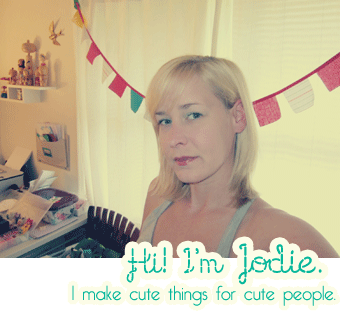One way to keep up with the economy is to keep your eyes on the runway.
Over the past year the windows of high-end Manhattan department stores have exhibited a remarkable uniformity, with most of the sculpted mannequins clad in variations of one particular style: the dress. Heralded by stories in glossy fashion magazines and in the style sections of major newspapers, it has descended, like manna from retail heaven, designed with the masses in mind. Long, short, loose, tight—it's helping to keep women interested in fashion at a time when sales figures have begun to lag, alarming indicators that the economy is slowing down.
Sartorial trends signify more than just simple material desires. As retail marketers know, they're linked to socioeconomic cycles. In times of uncertainty the most appealing apparel functions as a panacea; bursts of color and conventionally flattering shapes can soothe our troubled minds. This year would certainly qualify as spectacularly uncertain. The stock market rides up and down like a high-speed roller coaster, while the dollar drops ever lower. The U.S. armed forces remain mired in Middle Eastern conflicts. And the economy is in, or is dancing close to, recession.
The dress is the most traditional form of Western female attire. Pants became popular as a symbol of women's lib, and the denim and casual separates that became best sellers in the '90s were options that symbolized postfeminist empowerment. But the dress has remained an almost primal marker of female identity in the postmodern world. Its multiple variations—flowing, body-conscious, mini, sheath—accommodate many different identities while simultaneously bringing to mind more traditional times, when America was still sitting securely on top of the world. "The dresses that are selling definitely have an air of innocence about them," says Cesar Padilla, an owner of the New York designer vintage boutique and showroom Cherry. Padilla works with many of the industry's best-known designers, who come to him to source inspiration pieces. "They're a solution to dressing that expresses feminine values without necessarily being formal. The contemporary woman seems to be reacting to modernity by returning to simplicity and femininity, as opposed to the in-your-face working woman in a power suit."
Fashion, by nature, is about perpetual change, which raises the question: what comes next. This question in the context of fashion is not much different from the question policymakers are asking. The next shift in fashion trends will signify more than just hemlines. It will also potentially signify the direction in which the economy and the social mood are headed. If the prevalence of the dress is a reaction to our collective unease, then a shift to more unorthodox styles might signify greater social security.
What might those unorthodox styles be? Horacio Silva, features director and online director of T, the New York Times Style Magazine, ventures a guess as to where fashion, if not society, is headed. "The retro trend cycle is so much shorter these days, which makes predicting the future a lot harder," Silva writes in an e-mail. But "if the ineluctable forces that have shaped fashion in the past are any indication, the current 'dress moment' will be followed by two divergent aesthetics: the cerebral and the sexy."
Though trend forecasters would have us believe otherwise, no one can definitively say what the next economic upswing will look like. Previous cycles of prosperity have yielded minimalism, deconstructionism (which originated in the '90s courtesy of Japanese innovators) and the body-conscious style of the early '80s, defined by the skintight designs of mavericks like Azzedine Alaia. And the next round might revert to some of these established forms, or blaze an entirely new fashion trail.
For the time being, however, we're preoccupied with grasping for any kind of safety we can get our hands on, even of the symbolic, knee-length variety. In our society's current state, the cerebral and the sexy are luxuries we seem not to be able to afford. After all, who can appreciate the avant-garde or fully escape into hedonism when the party atmosphere of the American economic landscape is evaporating before our eyes? But sooner or later things are bound to stabilize, with new styles emerging as part of this societal shift. Recently the talk among fashion editors has been about their hunger for harder-edged, more androgynous styles that don't portray women as delicately. (Market observers might want to keep their eyes peeled for women in black leather jackets and knee-high boots.) If George Bush's recent prediction that "the economy is going to come on" proves true, then things might butch up as soon as the next round of runway shows this fall. If he's right, women will find themselves faced with a host of innovative options that are more diverse than just the dress. And if not—well, there's always next season.

































No comments:
Post a Comment